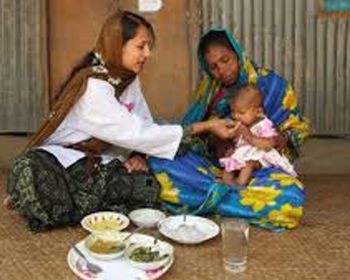Nutritional Status of Children in Bangladesh: Changes and Challenges for Development
Abstract
Despite suffering from widespread poverty, Bangladesh has made remarkable improvements in the nutritional status of children over the past three decades. This paper describes the trends in the nutritional status of children in Bangladesh by age groups, explores factors associated with these trends, and concludes with a description of future challenges for development in Bangladesh. The national-level survey (BDHS), national plan and policy paper, and literature were used for the study. It is remarkable for Bangladesh that stunting, underweight, and wasting among children under five years old has improved gradually. Children 12- 23 months of age are the most vulnerable. Living in a rural vs urban area, wealth status and maternal education are the main determinants linked to the nutritional status of children. Poverty reduction, improved water and sanitation, strengthened maternal and child health care, education and other policies linked to food and dietary practices and many other policies and programs could continue to improve nutritional levels in children in Bangladesh. Attention is also needed to under five mortality and the double burden of malnutrition. Addressing gaps in policies and programs to achieve the goals of national plans and SDG targets will pay health dividends for the entire population.

Authors retain all copyrights. In making a submission to World Nutrition, they are certifying that all material is theirs except quotations, as indicated, and that they have obtained permission for any photos, tables, or graphics taken from other publications or websites.




